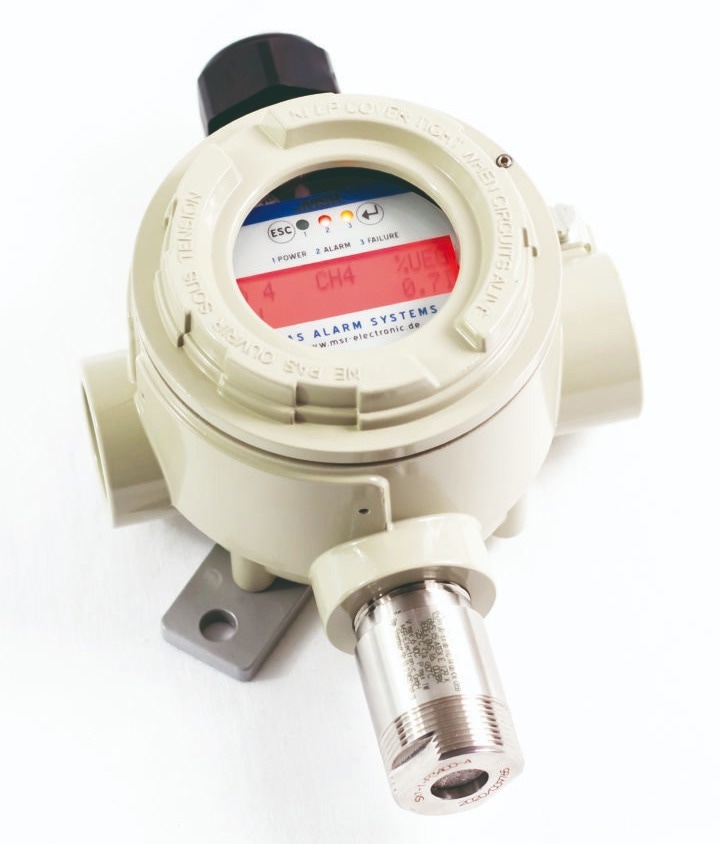Due to the potential harm surrounding certain gases, monitoring gas levels at all times is extremely important. These gases may increase concentration within research or university facilities due to both releases in specific chemical processes and direct work with such gases. Gas detection systems are extremely important to guarantee the safe testing of materials and techniques alongside the protection of research staff and other personnel in the long term. Potential dangers arising from gases are detected early through these detectors.
To further this effort, the KU-KAIST Joint Research Center at Khalifa University in Abu Dhabi has employed gas detectors from MSR-Electronic. The research center is molding an industrial revolution by focusing on research in areas such as smart transportation and smart healthcare. Numerous laboratories have been constructed within the university building to further pursue this through research and analysis. To continually monitor gas within four floors of the building, 230 MSR-Electronic gas detectors have been installed.

Image Credit: Khalifa University
How Does Gas Monitoring Work?
Fitting gas detectors in areas such as bottle storage rooms and gas cabinets and on each floor of buildings guarantees safe ambient air in research and development labs. Sensors are employed to monitor a variety of gases. This includes oxygen (which represents the majority of sensors), toxic gases (CO, H2S, CnH2n), and explosive gases (H2, CH4, C2H6, C3H8, NH3).
MSR-Electronic Solutions for Safe Gas Monitoring
Employed in the labs at Khalifa University, the PX2 gas detector is employed to observe oxygen concentration and detect toxic gases. Due to the ATEX certification of the PX2 gas detector, it is well-marked for use in Zone 1 and 2 explosive areas.
The gas detector, aided by a microprocessor, features a 4-20 mA / RS-485 Modbus output signal and relay signals for alarms and faults. This device monitors the surrounding air using an electrochemical sensor element and can be equipped with an optional LC display.

ATEX gas sensor PolyXeta® PX2. Image Credit: MSR-Electronic GmbH
In cases where the model is used without an LC display, two tools may be used to calibrate the device. The STL06-PGX2 is a practical calibration instrument, whilst the PCE06-PGX2 is PC-ran software. Employing the MSR_Pen_PX2 also allows the calibration of LC display lacking gas detectors without the housing being opened. This is due to an integrated calibration routine in the gas detector.
In the event of an alarm or error, the device’s background light alters from green to red.
The PolyXeta®2 PX2 gas detector finds application in various industrial settings, including the oil and gas industry, biogas plants, petrochemical facilities, and power plants operating in explosive zones. It is also well-suited for commercial use in gas transfer stations, ships, boatyards, and offshore platforms.
Six DGC-06 gas controller systems are employed to supervise and assess installed sensors. The alarm status of each gas detector may be displayed through the connection of these controller systems to third-party PLC and HMI units. This configuration allows for the early detection of possible hazards.
Full support and commissioning of the gas warning system is provided by certified MSR partner Accura Instrumentation & Calibration LLC in Abu Dhabi.

This information has been sourced, reviewed and adapted from materials provided by MSR-Electronic GmbH.
For more information on this source, please visit MSR-Electronic GmbH.